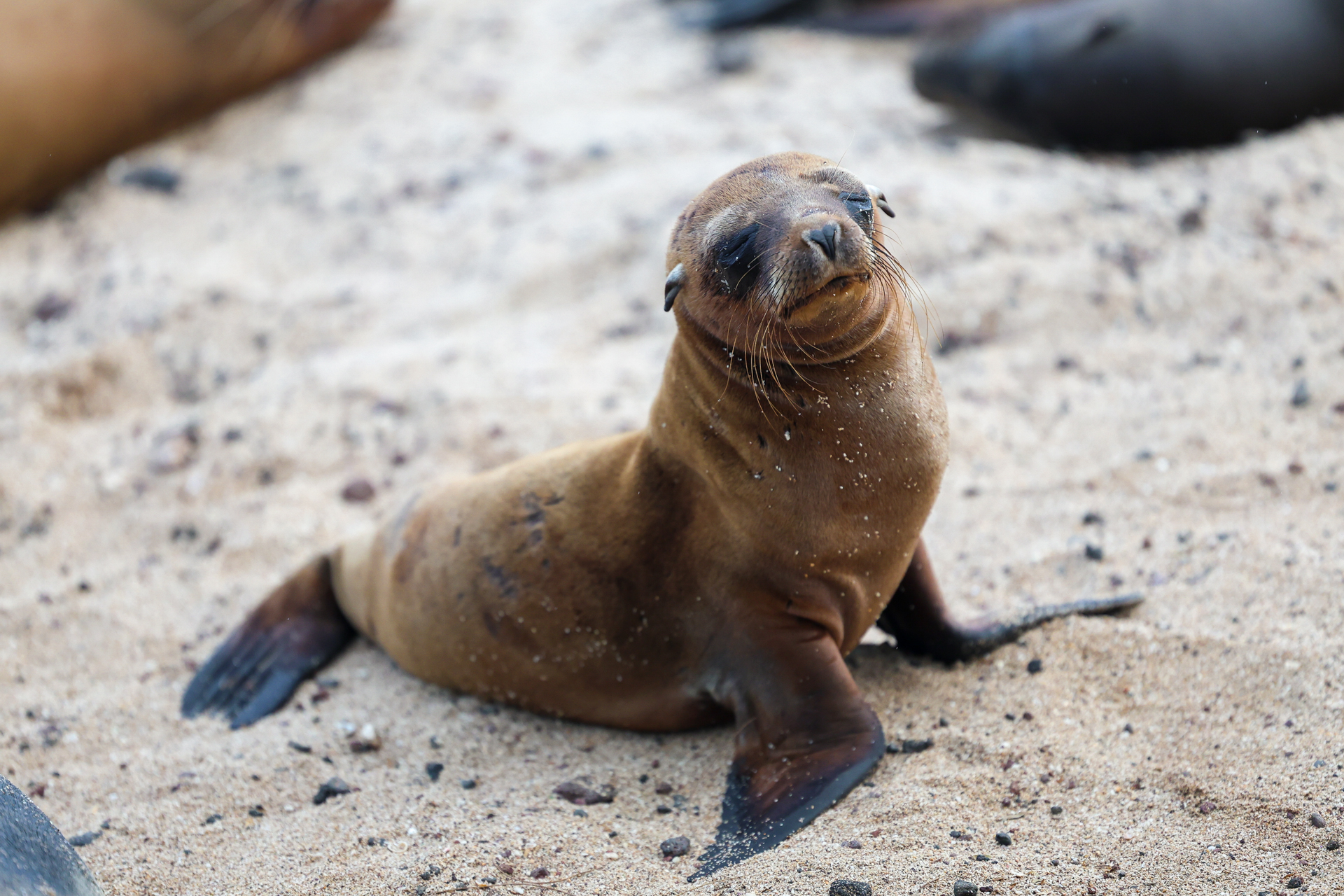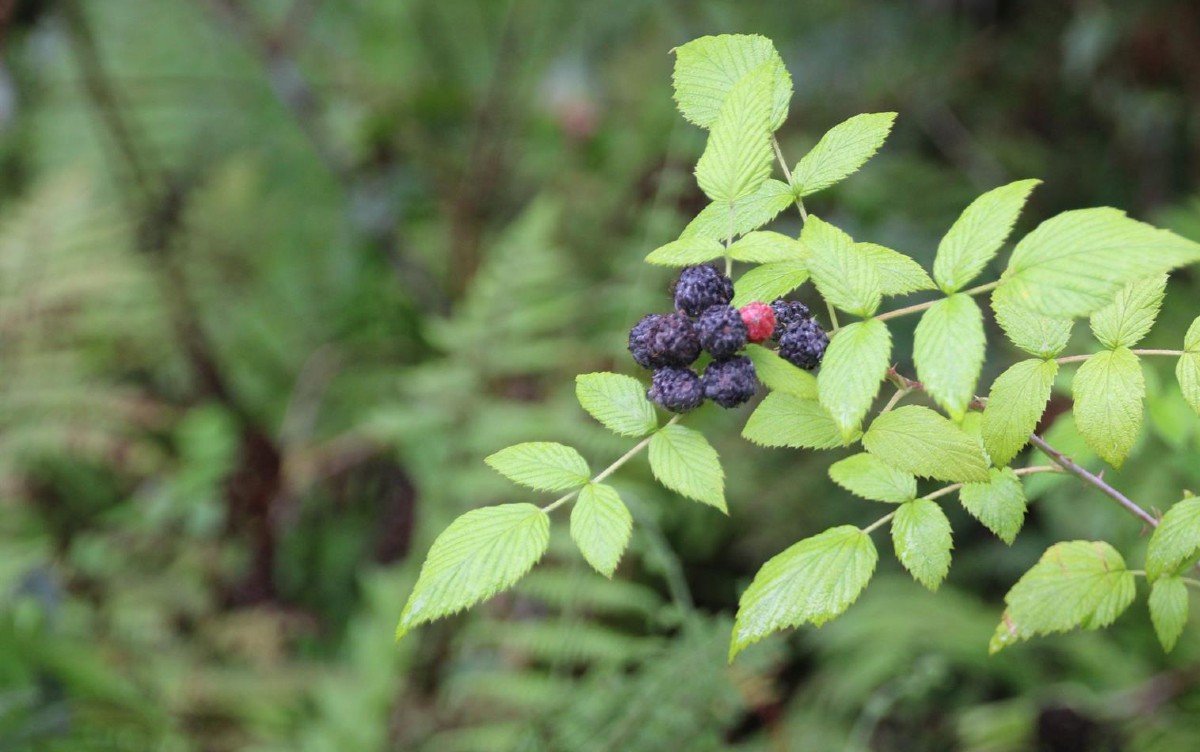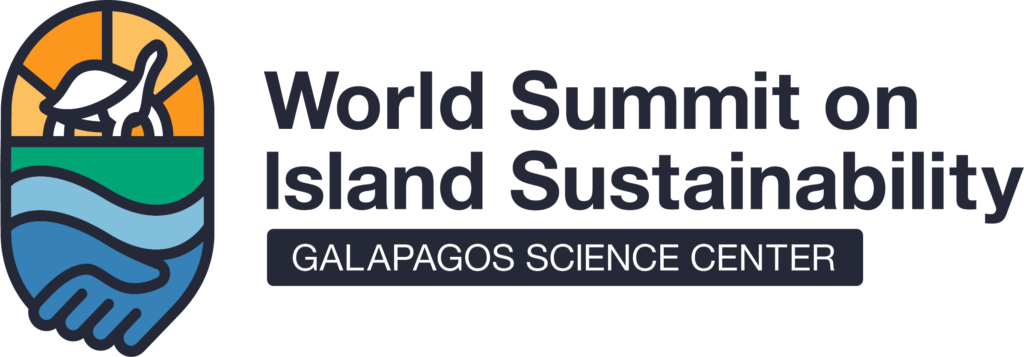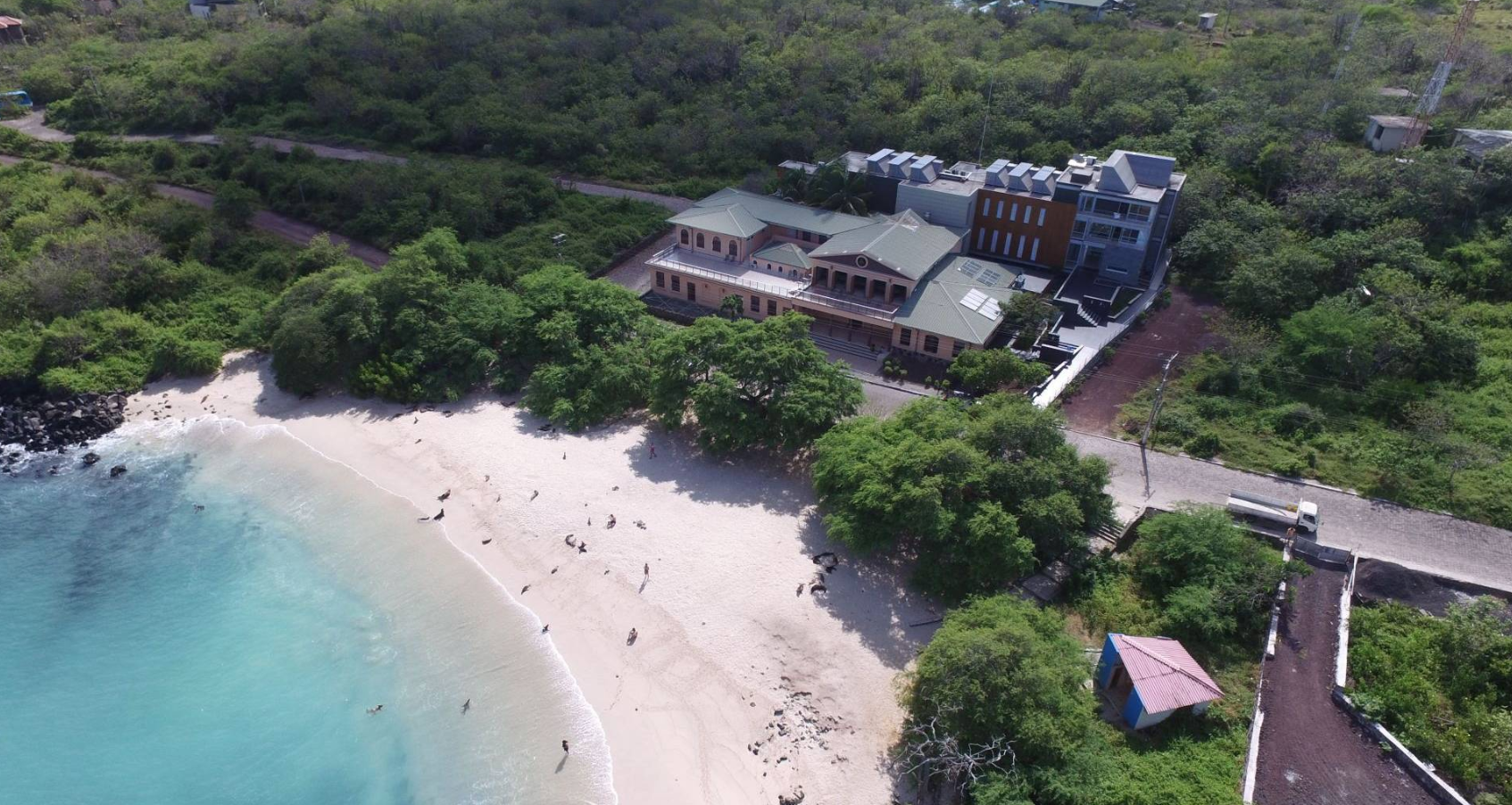Photo: Martín Narváez
The Galapagos Whale Shark Project team (GWSP), in collaboration with the Galápagos National Park Directorate (DPNG) and the Galapagos Science Center of the Universidad San Francisco de Quito (GSC-USFQ), has recently returned from a 15-day expedition to Darwin’s Arch, in the far north of the archipelago.
During the expedition, the team successfully identified 12 different whale sharks and tagged 7 of them with SPLASH satellite tags, attached with clamps to the fin. These tags allow researchers to track both the horizontal and vertical movements of the individuals, providing key information on their behaviour in the open ocean.

Image 1. Diver finishes placing SPLASH tag with fin clamp on a whale shark. ©GWSP
One of the most remarkable achievements was the tagging of an adult male whale shark—an exceptional event considering that nearly 99% of sightings at Darwin’s Arch correspond to adult females. This is the first adult male ever tagged in the history of whale shark research in Galápagos. This unprecedented event, along with the tagging of three adult females, one juvenile female, and one subadult female, will allow the team to compare movement and habitat use across sexes and life stages, contributing to a deeper understanding of the biology and ecology of this little-known species.
Additionally, the team had a surprising re-encounter with an adult female first seen in September 2012 at the same dive site at Darwin’s Arch. Thirteen years later, she was identified again, confirming this species’ fidelity to specific ocean areas. This finding underscores the importance of the Galápagos Marine Reserve (GMR) and its surrounding waters for this species, which uses it as a navigational waypoint and potentially for reproductive purposes. It also opens the possibility of analysing long-term growth rates, as her estimated size remained at 13 meters between both encounters, suggesting an extremely slow growth rate upon reaching adulthood.

Image 4. Sighting confirmed using the Groth algorithm via www.sharkbook.ai ©GWSP.
By the end of this expedition, the team has now recorded a total of 758 individual whale sharks sighted within the GMR since the early 2000s, with a total of 23 sightings across different years. This achievement has been possible thanks to the valuable support of naturalist guides, dive guides, artisanal fishers from the GMR, and visitors to the islands, who have contributed observations and reports over the years.
This expedition was made possible thanks to the support of the Galápagos National Park Directorate, the Galápagos Science Center, and the Universidad San Francisco de Quito, as well as our donors: Shark Project, Galápagos Shark Diving, Galápagos Conservation Trust, Planeterra, Sea The Future, Kau Family Trust, Garnett Family, and everyone who believes in and supports the work we do.

Image 5. GWSP Darwin 2025 expedition team – From right to left: Esteban Benavides, Jonathan Green, Luis Zambrano, Jenny Green, Maradona Guamanquishpe, Yuri Revelo, Sofía Green, Martín Narváez, Felix Valiente, ©GWSP.
For more information about the work of the Galapagos Whale Shark Project, visit:
https://galapagoswhaleshark.org/
For more information, contact:
science@galapagoswhaleshark.org – Galápagos Whale Shark Project






